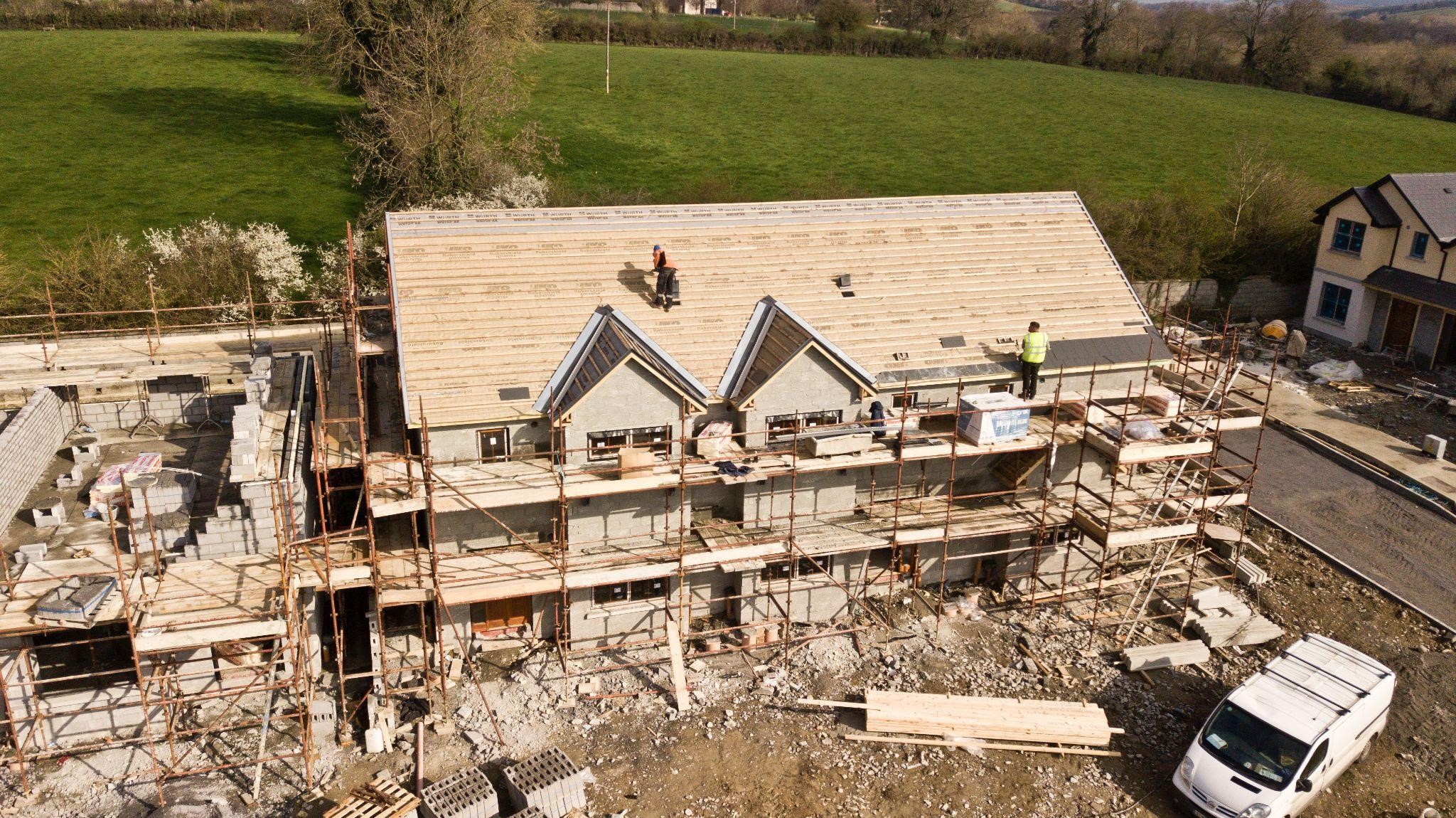Building a home is a significant achievement, but can be a costly expense. There are numerous costs involved when building your custom home, from materials to labor and permits.
It’s essential to find ways of keeping within your budget without losing out on the things you value most. Thankfully, there are several steps you can take to help bring down these costs without compromising the quality of your home. Here are the top six tips to consider when building your custom home on a budget.
Work With Professionals
Working with an experienced contractor is crucial as it will save you money in the long run. A professional contractor will advise on the best materials to use based on the region and have a list of suppliers and workers to help the project stay on schedule. They will advise on where you can cut costs without compromising quality and prevent costly problems before they arise or become more severe. They will also construct your home professionally, lasting for years without issues.
Ensure your contractor is licensed and has insurance so that you don’t have any liability in case of mishaps during construction. A licensed contractor will also stick to building codes, ensuring your home is structurally sound and safe. Some important things to look out for in a contractor include experience and skills. An ideal contractor should have been in the business for years with a proven record of high-quality workmanship and good customer service.
Another good way to find your ideal custom home builder is by checking their reputation. Talk to people who have worked with the contractor in the area and find recommendations from people you know and trust. You can also read reviews online.
Keep It Simple
Simplifying the design of your home can help you cut costs significantly. Your contractor can help you find an uncomplicated yet stylish design that will help reduce your costs. The square footage your home is, the more expensive it will be. You can remedy this by reducing the size.
You can also consider a simple roof design which will be less costly than a complex one yet still just as beautiful and practical. For instance, a Mansard roof would cost thousands more than a flat roof or a gable roof. Floor plans can also impact construction costs significantly, so it is wise to stick to simple designs like a rectangular or square floor plan.
Prioritize Energy-Efficiency
While energy efficiency is costly upfront, it can save you tons of money in the future. Energy-efficient elements also attract financial relief systems like grants, loans, utility incentives, rebates, and tax breaks. Options like solar panels can help reduce your energy costs, significantly saving you a lot of money. It’s also a great way to reduce your carbon footprint and protect the environment.
Detailed Planning
Planning is one of the most critical phases in constructing your custom home. This phase allows you to figure things out ahead of the construction process. This includes where to build your house, zoning codes and building regulations, and finding the right team to work with.
A big part of planning is creating a budget. A budget can give you the actual figures for construction, including labor, materials, and permits. By having a detailed budget, you can prevent overspending and look for ways to cut costs. A reasonable budget also helps you work efficiently, and by creating room for unexpected costs, you can be prepared for unforeseen circumstances.
Select the Right Building Materials
It’s crucial to find cost-friendly alternatives without compromising the quality of the materials. You can do this by getting discounts and checking different stores before purchasing to find the best prices. Another option is using alternative materials like recycled materials which are a win-win as they work just as well, are affordable, and are environmentally friendly. You can also use reclaimed materials, which you can find affordably, like beams, paneling, or flooring material.
Choose the Location Wisely
Find a location that is construction friendly; for instance, it should be clear of vegetation like shrubs and trees and therefore won’t require additional resources to clear. It also shouldn’t have old structures that will require demolition, which would be an additional expense. A flat surface is good as it will be cheaper to build on than an uneven one. An ideal spot should also have easy access to gas, water, and electricity connections, among other utilities.
Building your custom home is exciting but can be expensive and challenging. Planning is essential to make your dream home on a budget as it helps you control finances and other factors. Consider shopping around for discounts on materials and labor and keep things simple. Remember to work with professionals to ensure quality work and for your safety.

